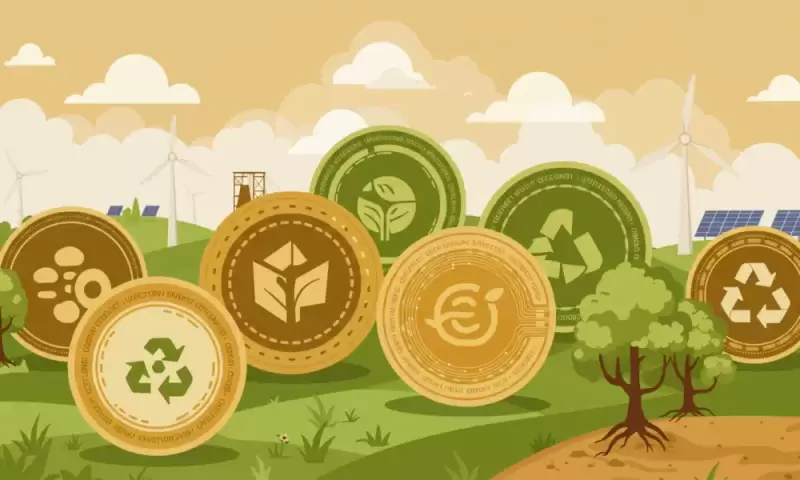Two possibilities exist: either we are alone in the Universe or we are not. Both are equally terrifying. Arthur C. Clarke

The search for extraterrestrial life has captivated humanity for centuries. As we continue to explore our solar system and beyond, recent discoveries have reignited the possibility of finding life on Mars and Venus.
Mars, once thought to be a barren wasteland, has revealed signs of a potentially habitable past. Ancient water flows, minerals linked to biological activity, and intriguing atmospheric anomalies have fueled speculation. The Perseverance rover's findings, including veins of white calcium sulfate precipitate and mineral "leopard spots," suggest past environments conducive to life.
The presence of methane in the Martian atmosphere, a gas typically associated with anaerobic fermentation by microorganisms on Earth, has also raised eyebrows. While geological activity could explain some methane production, its seasonal cycle and disappearance during the day hint at a biological origin.
Curiously, earlier NASA Viking landers detected signs of metabolism in Martian soil samples, an observation later dismissed by some scientists. However, researchers Gilbert Levin and Patricia A. Straat have argued that the experiments likely demonstrated the presence of life on Mars.
Venus, once considered too hostile for life, has surprised scientists with the detection of phosphine in its upper atmosphere. This compound is produced on Earth by decomposing organic matter and has been used as a theoretical biosignature.
Further analysis revealed the presence of ammonia in Venus' clouds, another potential biomarker. These discoveries have sparked excitement, as they could indicate lifeforms surviving in extreme conditions far from the planet's acidic surface.
The presence of phosphine and ammonia in the atmospheres of Mars and Venus, respectively, challenges our understanding of inorganic chemical processes in oxygen-rich or hydrogen-rich atmospheres. While volcanoes or exotic UV-induced reactions could theoretically explain these molecules, their abundance suggests the involvement of lifeforms.
If confirmed, these atmospheric anomalies would have profound implications. Assuming a local origin, they could indicate the survival and adaptation of life to changing planetary conditions. Alternatively, panspermia theories propose that life originated elsewhere and was transported to these planets.
Native life on Mars or Venus would increase the probability of finding life in other extraterrestrial environments, such as the underground oceans of Europa and Enceladus.





















































































